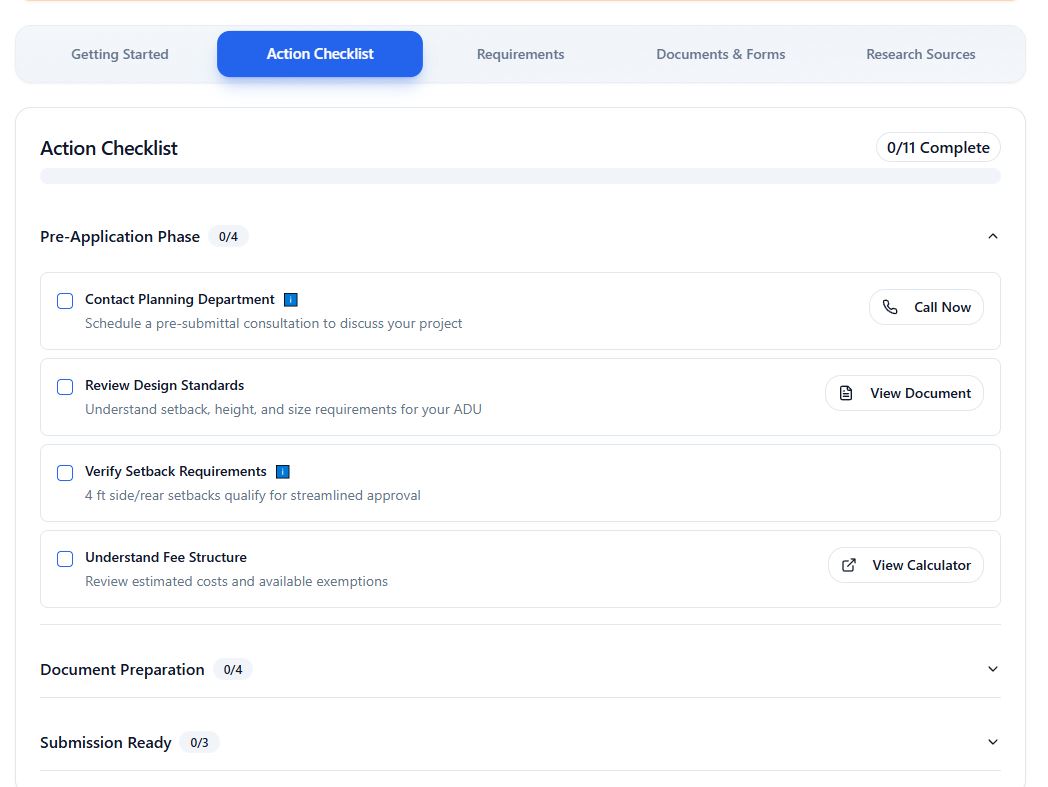In the bustling landscape of California's housing market, the concept of Accessory Dwelling Units (ADUs) has emerged as a beacon of hope for many. These backyard cottages, in-law units, or granny flats, as they are affectionately known, have been touted as a silver bullet to the state's dire housing shortage. However, a closer examination reveals a perplexing paradox: despite a surge in interest and permit applications, the actual number of completed ADUs falls significantly short. This mismatch between permits and completion raises critical questions about the barriers homeowners face and the broader implications for California's housing crisis.
The Enigma of Unfulfilled ADUs
Recent data paints a stark picture: for every ADU completed in 2022, approximately three permits were submitted in 2021. This startling ratio suggests that only a third of those who embark on the ADU journey manage to cross the finish line. The enthusiasm for ADUs, it seems, is curbed by a labyrinth of challenges that await homeowners post-permit approval. This phenomenon isn't just a statistical curiosity—it's a symptom of deeper systemic issues within the housing and regulatory landscape of California.
Unraveling the Knot of Discrepancies
Several factors contribute to the wide chasm between the number of ADU permits filed and the units constructed. Navigating the complexities of local regulations, the high costs associated with construction, and the often cumbersome and lengthy approval processes can deter even the most determined homeowners. Additionally, the scarcity of reliable contractors who are well-versed in ADU projects compounds the problem, leading to delays and, in some cases, abandonment of projects altogether.
The Economic Puzzle
The financial aspect of constructing an ADU cannot be overlooked. While ADUs are lauded for their potential to provide affordable housing options, the initial investment required can be daunting. The mismatch between permits and completions underscores a critical need for financial mechanisms and support systems that can bridge this gap. It highlights the importance of creating a more navigable path for homeowners, from streamlined permit processes to accessible financing options.
A Call for Systemic Solutions
Addressing the mismatch between ADU permit applications and completions requires a multifaceted approach. Local governments need to reassess their regulatory frameworks to ensure they facilitate rather than hinder ADU development. Simplifying the permit process, offering pre-approved ADU designs, and providing clear, accessible information can empower homeowners to move forward with their projects. Moreover, financial incentives, such as grants, low-interest loans, and tax breaks, could provide the necessary boost to translate permits into tangible living spaces.
The Road Ahead
The journey to bridge the gap between ADU permits and completions is fraught with challenges but not insurmountable. It calls for a collaborative effort among policymakers, industry professionals, and communities to dismantle the barriers that currently stifle ADU development. By fostering an environment that supports and encourages ADU projects, California can unlock the full potential of this innovative housing solution, making strides towards alleviating the housing crisis that looms over the state.
In the quest to transform the promise of ADUs into a widespread reality, it's crucial to confront the underlying issues head-on. Only then can the dream of a more inclusive, accessible, and diversified housing market in California become attainable. The mismatch between permits and completions is not just a statistic; it's a call to action—a reminder of the work that lies ahead in reimagining the future of housing in the Golden State.








